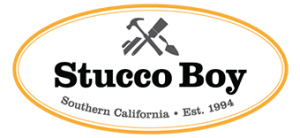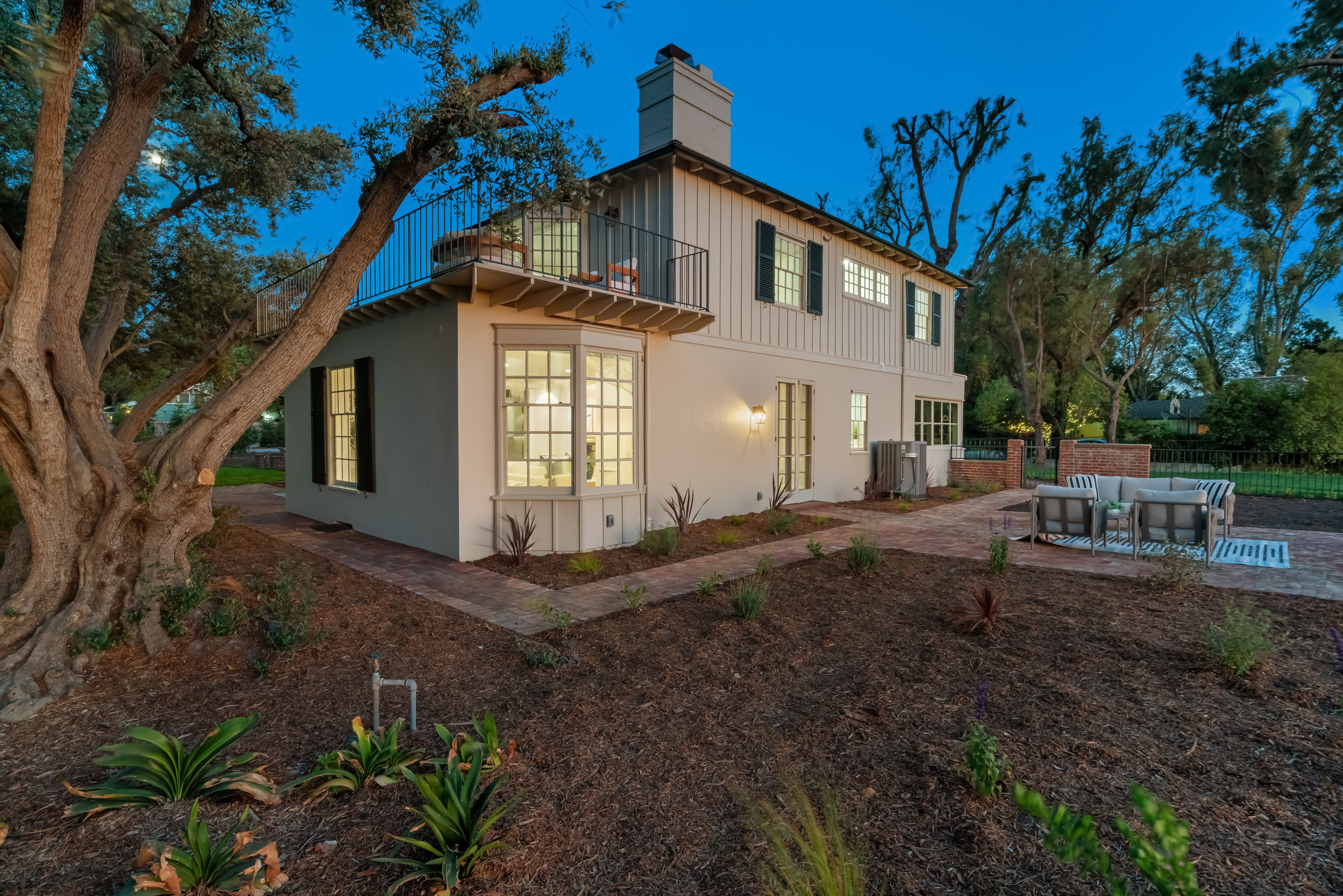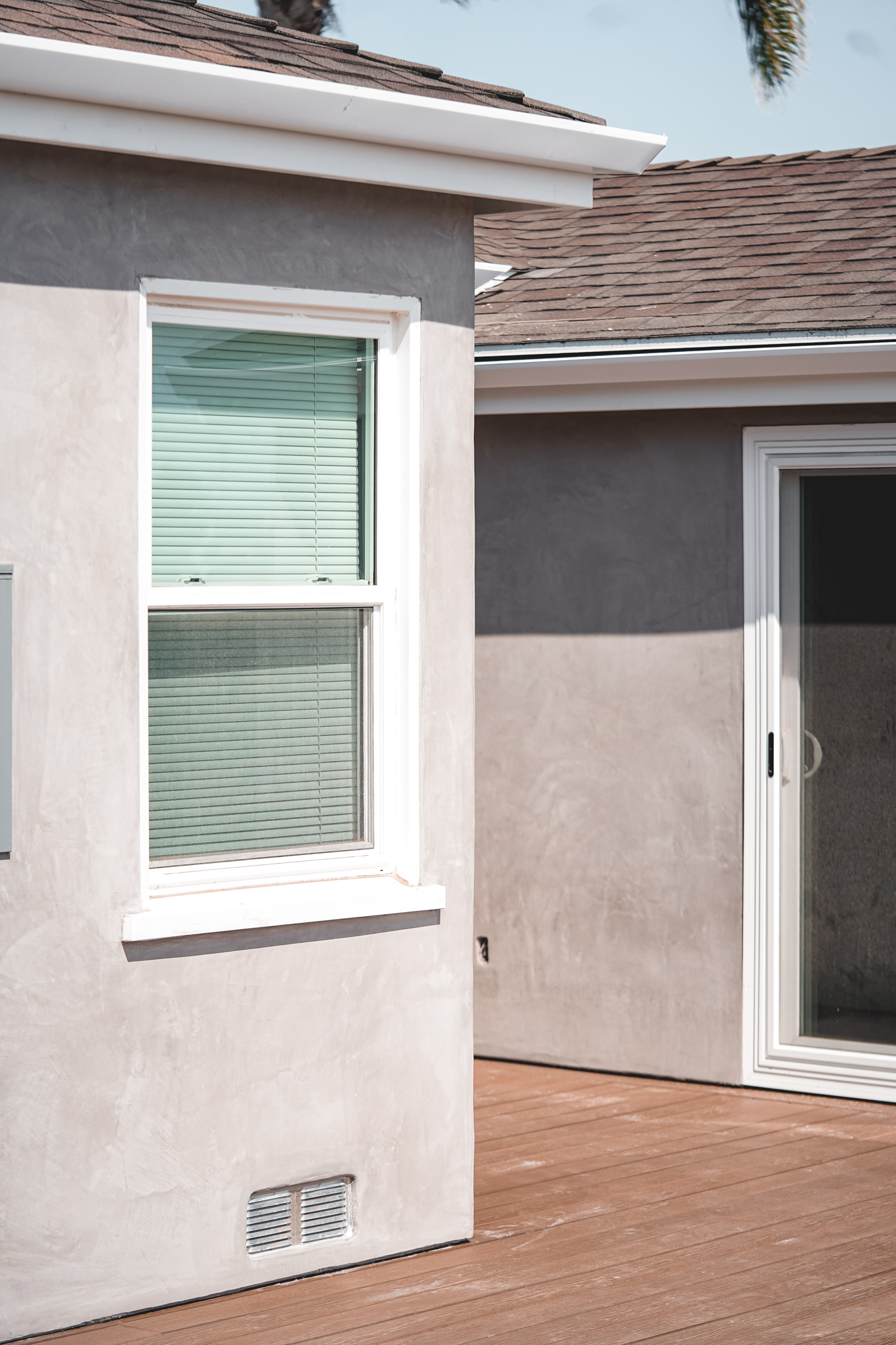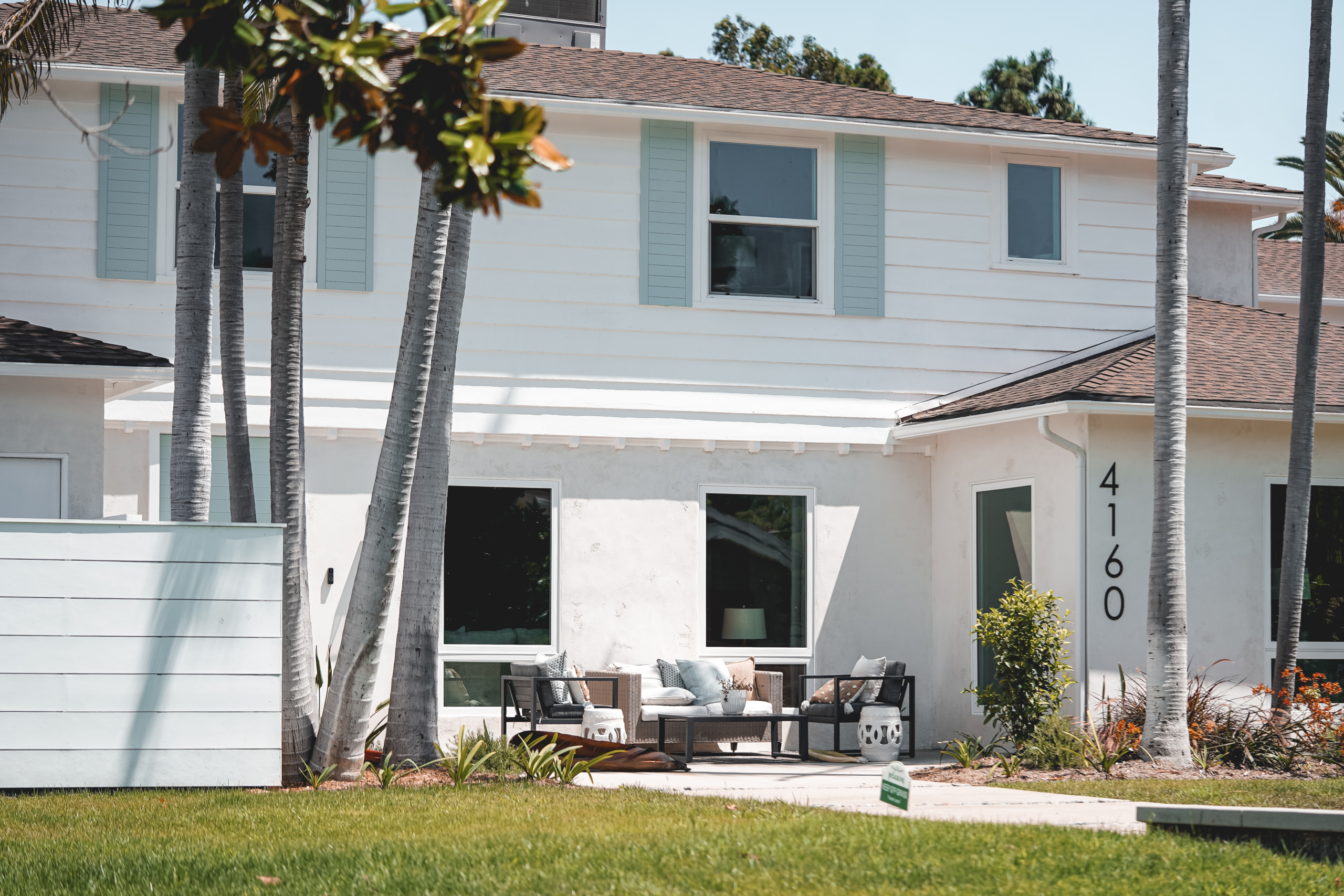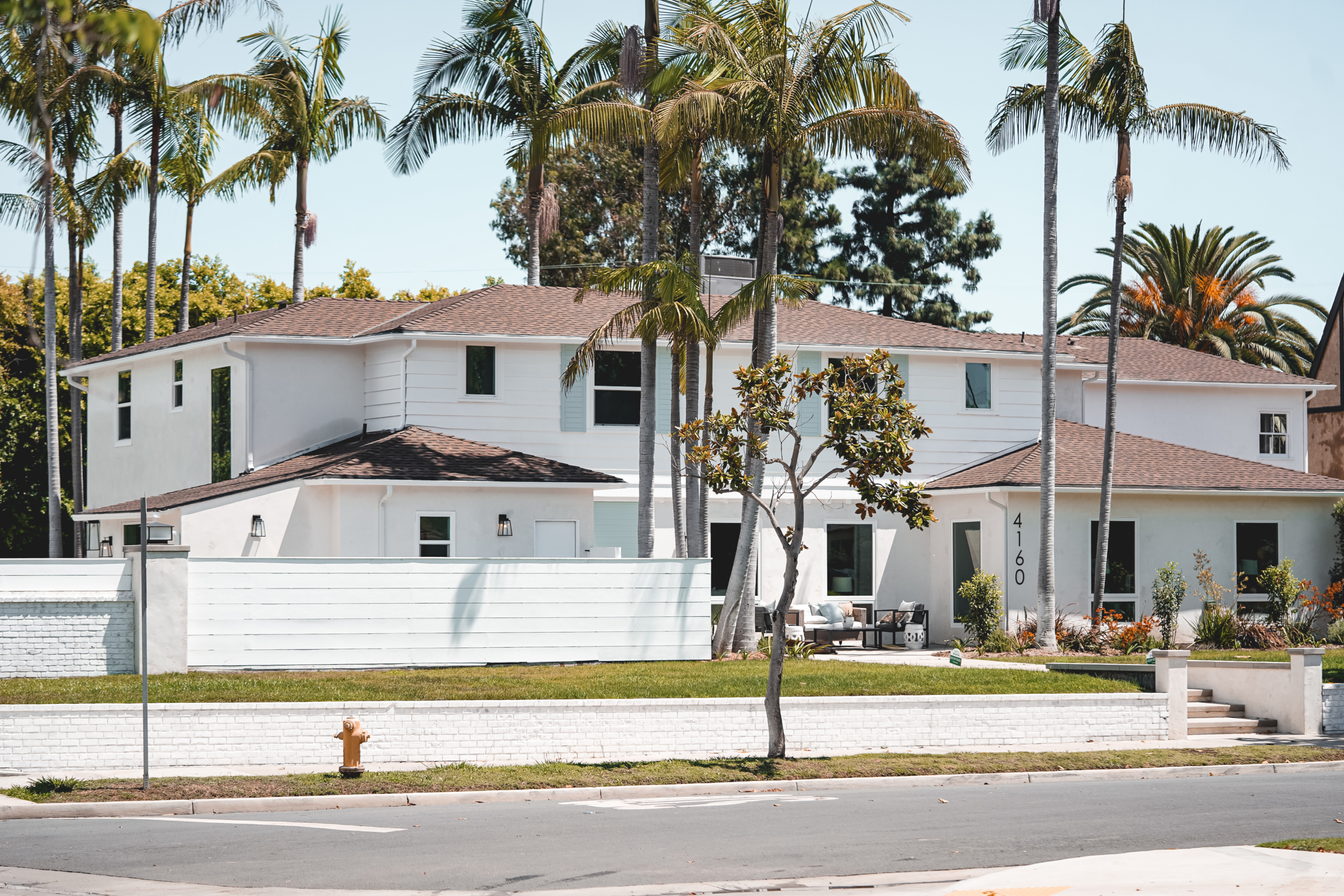Stucco Remodeling in Orange County 2025: Costs, Trends & What to Expect
Stucco Remodeling in Orange County 2025: Costs, Trends & What to Expect
Stucco remains a popular exterior finish in Orange County, offering durability and a distinctive aesthetic. As we progress through 2025, homeowners are increasingly exploring stucco remodeling to enhance their property’s curb appeal and resilience. Here’s an in-depth look at the current stucco remodeling landscape in Orange County.
Current Stucco Remodeling Costs
Stucco remodeling expenses can vary based on the project’s scope, materials chosen, and specific requirements. Here’s a general breakdown:
-
New Stucco Installation: Installing new stucco typically ranges from $6 to $9 per square foot, depending on the type and finish selected. For a standard 2,000 square foot home, this translates to $12,000 to $18,000.
-
Re-stuccoing: Reapplying stucco over existing surfaces can cost between $3 to $9 per square foot, influenced by surface preparation and chosen materials.
-
Stucco Repairs: Minor repairs, such as patching cracks or holes, may cost $8 to $50 per square foot, with total expenses ranging from $500 to $1,500 on average.
These figures are influenced by factors such as material choices, labor costs, and the current demand in the market.
Emerging Stucco Trends in 2025
Homeowners are embracing several key trends to modernize their stucco exteriors:
-
Smooth Finish Stucco: A sleek, contemporary look that’s gaining popularity for its clean lines and modern appeal.
-
Acrylic Stucco: Offering enhanced flexibility and resistance to cracking, acrylic stucco is becoming a preferred choice for many.
-
Energy-Efficient Stucco Systems: Incorporating insulation layers beneath the stucco to improve energy efficiency and indoor comfort.
-
Bold Color Choices: Moving beyond traditional neutrals, homeowners are opting for vibrant hues to make their homes stand out.
What to Expect During the Stucco Remodeling Process
Embarking on a stucco remodeling project involves several considerations:
-
Extended Timelines: Due to high demand and supply chain challenges, projects may take longer to complete.
-
Rising Costs: Inflation and material shortages can lead to increased expenses.
-
Permitting and Regulations: Navigating Orange County’s building codes requires diligence and, often, professional assistance.
-
Contractor Availability: Reputable contractors are in high demand; early engagement is crucial.
Proper planning and flexibility are key to a successful stucco remodeling experience in 2025.
